What Is a Customer Success Manager Job Description
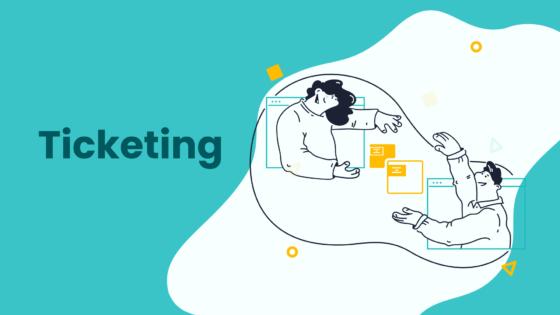
When you look at a customer success manager job description, you see a focus on helping customers reach their goals with your product or service. As a customer success manager, you build strong relationships, solve problems, and guide customers to success. This role matters because 73% of customers care more about their experience than price or quality. A great CSM can boost profits by up to 95% just by improving retention. You use tools like Sobot AI to track customer health and make sure every customer feels valued. Customer success means you listen, act fast, and create loyal fans.
Customer Success Manager Role
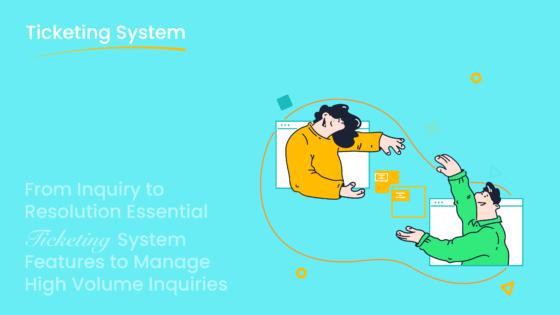
Definition and Purpose
A customer success manager helps customers get the most value from your product or service. You become the main point of contact after a sale. Your job is to make sure customers feel supported, happy, and confident using what they bought. You build strong relationships and earn trust by listening and solving problems quickly.
You act as a guide, showing customers how to use features and reach their goals. You also share feedback with your team, so your company can improve. Many companies see that loyal customers spend up to six times more over their lifetime. That’s why the customer success manager job description focuses on helping customers succeed and stay with your brand.
Did you know? Only 7% of companies track customer health scores, even though this helps predict if a customer might leave. Using tools like Sobot’s omnichannel platform, you can monitor customer activity and spot issues early. This makes your customer success strategy much stronger.
A customer success manager is not just a helper. You are an advocate for both the customer and your company. You make sure promises are kept and customers feel valued every step of the way.
Key Objectives
Your main goal as a customer success manager is to help customers achieve their desired outcomes. You do this by guiding them, answering questions, and making sure they use your product well. You also work to keep customers coming back, which is called retention.
Here are some key objectives you focus on:
- Increase customer satisfaction and loyalty
- Reduce churn by solving problems fast
- Drive product adoption and usage
- Build long-term relationships based on trust
- Collect feedback to improve your service
- Support customer retention strategies
You measure your success with clear KPIs. Here’s a quick look at some important ones:
| KPI Category | KPI Name | Description & Importance |
|---|---|---|
| Organizational KPIs | Churn | Track how many customers leave. Lower churn means better customer success. |
| Retention | Keep customers for a long time. This helps your business grow. | |
| NPS | Ask customers if they would recommend you. High scores mean strong trust and loyalty. | |
| Upsells | Help customers upgrade or buy more. This shows they trust your advice. | |
| Customer-focused KPIs | Product Adoption | See how much customers use your product. More usage means more value for them. |
| Value Realization | Make sure customers reach their goals with your product. |
You can use Sobot’s customer success tools to track these KPIs and automate tasks. This gives you more time to focus on building relationships and trust with your customers.
Customer Success Manager Job Description
Main Responsibilities
When you read a customer success manager job description, you see a clear focus on helping customers reach their goals and stay happy with your company. As a customer success manager, you guide customers through every step, from onboarding to renewal. You make sure they get value from your product and feel supported at all times.
Here are the main responsibilities you will find in a typical customer success manager job description:
- Drive customer outcomes by helping customers use your product to solve real problems.
- Increase retention by making sure customers stay with your company.
- Lead onboarding sessions so new customers start strong.
- Encourage product adoption and show customers new features.
- Handle renewals and help customers continue their journey.
- Build strong relationships and earn customer trust.
- Collect feedback and share it with your team to improve the customer experience.
- Work with other teams, like sales and support, to solve customer issues.
- Act as a customer advocate and make sure their voice is heard.
Tip: Building relationships is not just about being friendly. You need to listen, understand customer needs, and act fast when problems come up. This builds trust and keeps customers coming back.
You also track important metrics to measure your impact. Here’s a table that shows some key numbers you might see in a customer success manager job description:
| Metric Description | Quantitative Value / Example |
|---|---|
| Book of Business (Annual Recurring Revenue) | Maintains > $5 million ARR |
| Enablement Contributions to Global CS Team | 6 contributions per fiscal year |
| Use-case or Vertical-specific Playbooks Created | 2 playbooks per year |
| Key Customer Success Metrics Delivered | Success Plans, Time-to-Value, Use Case Expansion, Executive Business Reviews, Gross/Net Retention |
| Performance Indicators | Net ARR (retention and expansion), CSM-related metrics |
Research shows that most customer success manager roles include these core responsibilities. You will drive customer outcomes, boost retention, lead onboarding, and work closely with other teams. You also need strong communication skills, problem-solving abilities, and a good understanding of your product. Most CSMs have a college degree, often in business or a related field.
Daily Tasks
Your daily work as a customer success manager keeps you busy and engaged. You spend a lot of time talking with customers, solving problems, and making sure they get the best customer experience possible. Each day, you focus on building relationships and keeping customers happy.
Here are some of the most common daily tasks for a CSM:
- Meet with customers on Zoom or phone to check in and answer questions.
- Use note templates to track customer goals and blockers.
- Automate simple tasks so you can focus on high-value work.
- Send proactive messages to customers to prevent problems before they start.
- Onboard new customers and guide them through setup.
- Gather feedback and share it with your team.
- Recommend new features or upgrades that fit customer needs.
- Look for ways to expand accounts by upselling or cross-selling.
- Build trust by following up quickly and keeping promises.
You also keep an eye on important metrics every day. For example, you track Customer Satisfaction Score (CSAT) to see how happy customers are after each interaction. A CSAT score of 75 means 75% of customers are satisfied. You also watch First Contact Resolution (FCR), which shows how many issues you solve on the first try. The global average for FCR is about 74%. Other key numbers include free trial conversion rates, repeat purchase ratios, and monthly recurring revenue growth.
| KPI Name | Description | Calculation Summary | Benchmark Range / Value |
|---|---|---|---|
| First Contact Resolution (FCR) | % of customer issues resolved on first contact. | ((Total issues resolved - reopened issues) / Total issues) * 100 | 41% to 94%, worldwide average ~74% |
| Free Trial Conversion Rate | % of free trial users converting to paying customers. | (Number of conversions / Total trial users) * 100 | 3%-25% (no credit card), 30%-50% (with credit card) |
| Repeat Purchase Ratio | % of customers who make more than one purchase. | (Number of repeat customers / Total customers) * 100 | 20%-30% for eCommerce businesses |
| Customer Effort Score (CES) | Measures ease of customer interactions via survey (scale 1-7). | Survey question: "How easy was it to get help?"; score derived from responses on Likert scale. | Improvement from 1 to 5 in score increases loyalty by 22% |
| Average Time on Platform | Average duration users spend on website/platform. | Measured via Google Analytics Avg. Session Duration. | 2-3 minutes average session duration |
| Monthly Recurring Revenue (MRR) Growth | Measures monthly revenue growth from subscriptions. | Active customers * average billing amount; track month-over-month growth. | ~15% growth per month for growing SaaS companies |
You can use tools like Sobot’s omnichannel platform and ticketing system to manage these daily tasks. Sobot helps you track every customer interaction, automate ticket assignments, and monitor customer engagement across channels. This makes your job easier and helps you deliver better customer success.
Most days, you will:
- Talk with customers and answer their questions.
- Check dashboards for customer health and satisfaction.
- Follow up on open tickets and make sure nothing slips through the cracks.
- Share customer feedback with your team to improve products and services.
Note: The best CSMs always look for ways to improve customer satisfaction and build long-term relationships. You become the trusted partner your customers rely on.
Your daily routine may change based on your company and industry, but the goal stays the same: deliver great customer success, build trust, and help customers achieve their goals.
Essential Skills and Qualifications
Soft Skills
You need strong soft skills to thrive in customer success. These skills help you connect with every customer and build trust. Communication stands out as the most important. You must listen, explain things clearly, and show empathy. When you handle tough situations, anger management and negotiation skills help you keep the conversation positive.
Studies show that soft skills like networking, self-marketing, and problem-solving make you more employable and ready for the workplace. In fact, a study at Taif University found a strong link between soft skills and job success, with a correlation of 0.733 (p < 0.001). Social and emotional learning also boosts teamwork and job performance. If you want to lead a customer success team, you need to share knowledge and encourage others.
Tip: Great customer success managers always look for ways to improve the customer experience. They use feedback to make every interaction better.
Technical Skills
You do not need to be a coder, but you should feel comfortable with technology. You will use customer success platforms, CRM tools, and analytics dashboards every day. For example, Sobot’s omnichannel solution lets you manage customer conversations from email, chat, and social media in one place. You can track customer health, automate ticket assignments, and measure satisfaction with tools like Sobot’s ticketing system.
Here are some technical skills you should have:
- Navigating customer success software
- Using data to spot trends and risks
- Managing customer accounts and tickets
- Understanding product features and updates
A good grasp of these tools helps you deliver a smooth customer experience and keeps your customer success team running efficiently.
Education and Background
Most customer success managers have a bachelor’s degree. Common fields include Business Administration, Marketing, Communications, Psychology, or Information Technology. These degrees teach you how to work with people and understand business needs. Surveys show that about 77.5% of customer success managers hold a bachelor’s degree, and many have 4 to 6 years of experience in sales, support, or account management.
You can boost your career with certifications like the Certified Customer Success Manager (CCSM) or credentials from Gainsight and Customer Success Collective. These programs give you a playbook for best practices and show your commitment to the customer success field.
Note: Continuous learning matters. Stay updated on new trends and tools to keep your customer success skills sharp.
Customer Success Tools and Solutions
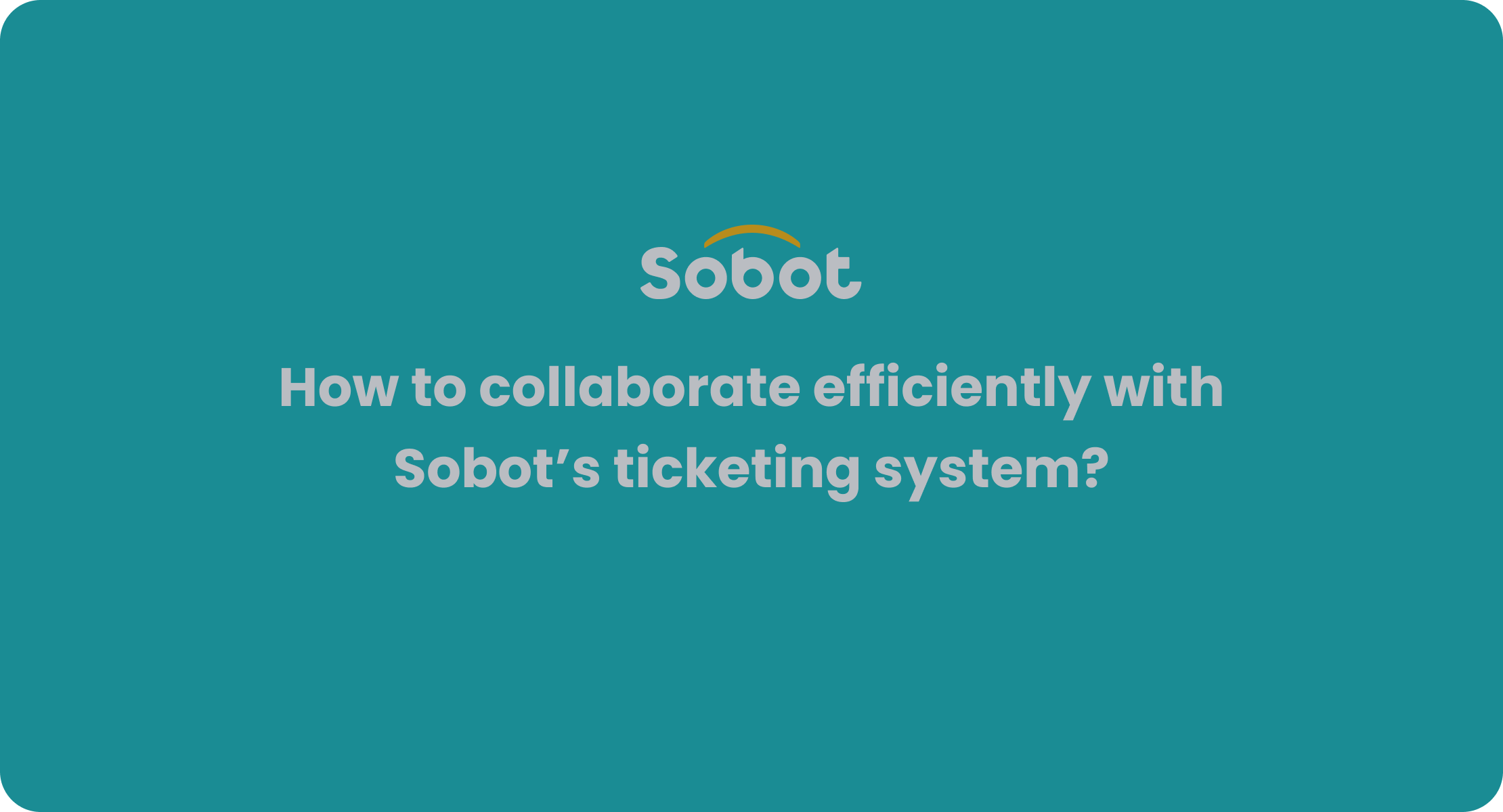
Omnichannel Platforms
You need the right tools to deliver great customer success. Omnichannel platforms let you manage every customer conversation in one place. You can answer questions from email, chat, phone, or social media without switching screens. This saves time and helps you give a smooth experience.
Here’s a quick look at popular omnichannel platforms for customer success managers:
| Platform Name | Key Features | User Ratings (out of 5) | Market Segment Focus |
|---|---|---|---|
| ChurnZero | Automation, in-app communication, health scoring, AI insights | N/A | SaaS, subscription businesses |
| Gainsight | Product adoption, community, AI tools | 3.8 | Various industries, global |
| Freshdesk Customer Success | Automation, customer support focus | 4.3 | IT, customer support, sales |
| Custify | Health scoring, automation, management | 4.5 | SaaS, subscription businesses |
| Totango | Modular, fast implementation | 4.2 | Enterprise SaaS |
| Planhat | Data analysis, lifetime value | 4.2 | Technology companies globally |
| Velaris | Analytics, success plans, automation | 4.5 | Customer success teams |
| Kapture CX | Omnichannel experience, personalization | 4.4 | Retail, BFSI, Travel, Consumer |
| ClientSuccess | Health evaluation, churn reduction | 3.8 | SaaS companies |
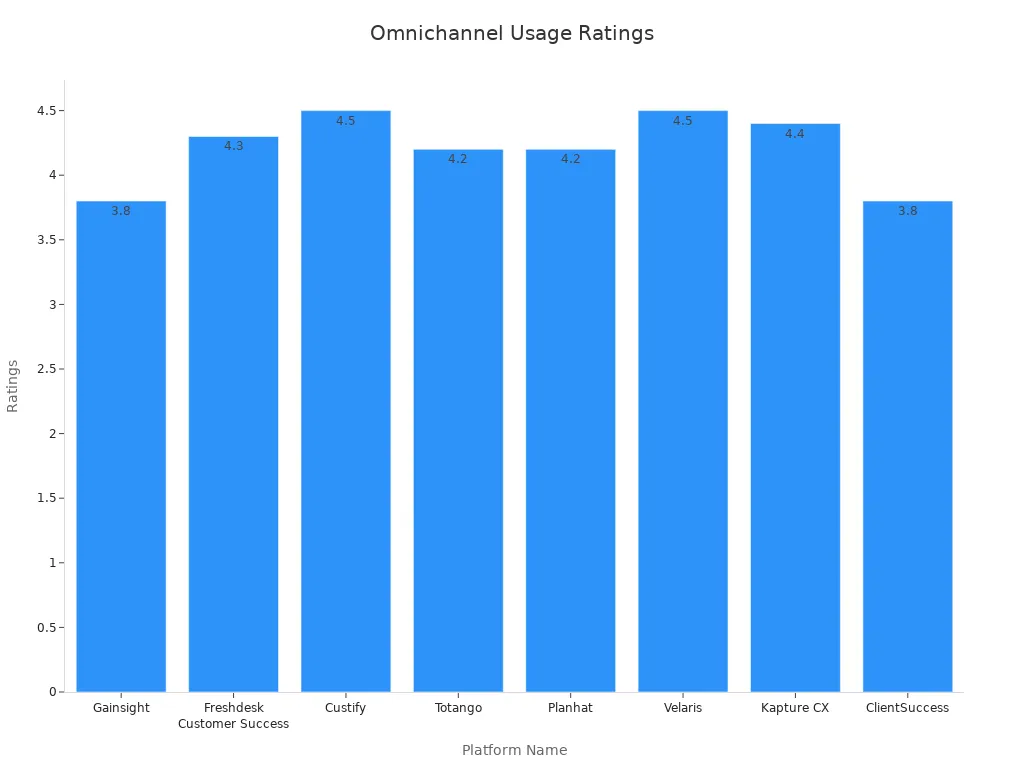
Sobot’s omnichannel solution stands out because it brings all your customer data and conversations into one AI-powered workspace. You can track every customer journey, spot issues early, and make sure no message gets missed. This helps you build trust and deliver top-notch customer success.
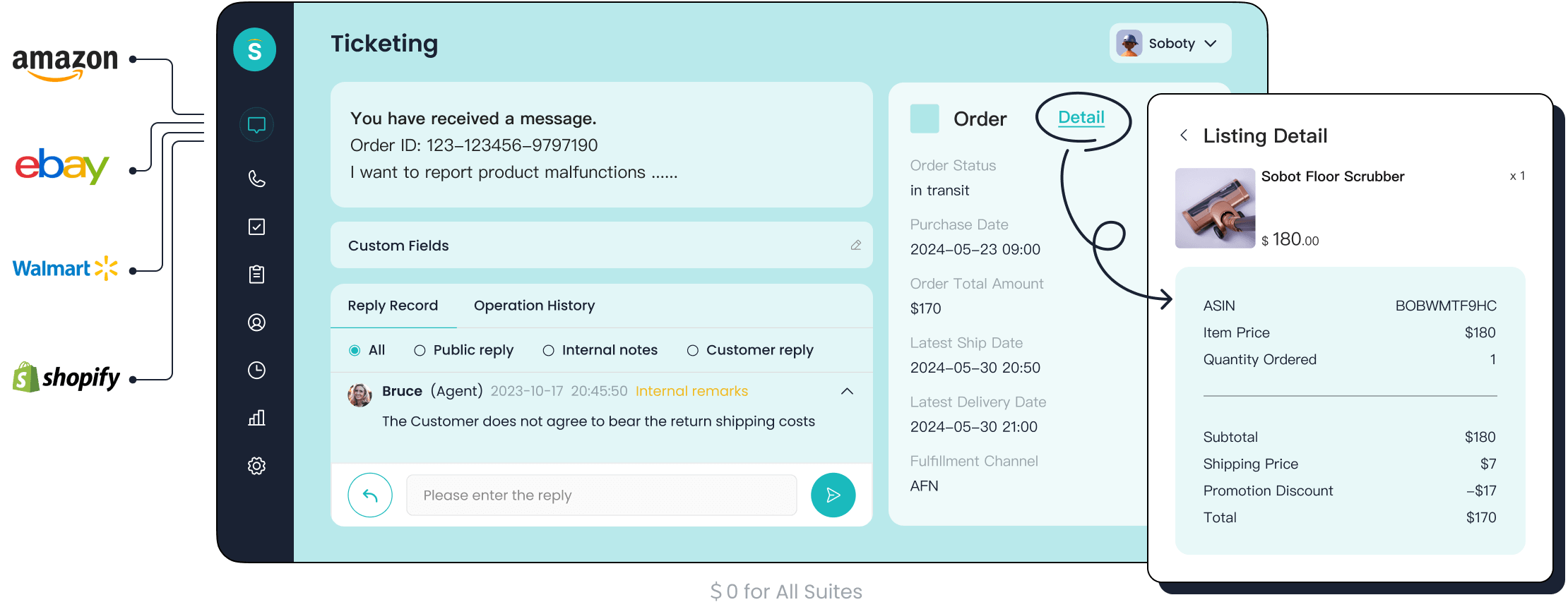
Ticketing Systems
Ticketing systems are a must-have for customer success teams. They help you track every customer request, assign tasks, and make sure nothing falls through the cracks. With a good ticketing system, you can solve problems faster and keep customers happy.
Here’s how ticketing systems boost customer success:
- Automate workflows for faster issue handling.
- Send alerts when customer satisfaction drops.
- Analyze trends to spot common problems.
- Adjust processes to reduce repeated questions.
- Track ticket resolution times and satisfaction scores.
- Prioritize urgent tickets for quick action.
- Connect feedback with support for better customer trust.
Sobot’s ticketing system lets you manage tickets from email, chat, and even e-commerce platforms like Shopify. You can set custom rules, automate assignments, and get real-time analytics. This means you spend less time on manual work and more time helping customers succeed. Learn more about Sobot’s ticketing system here.
AI and Automation
AI and automation are changing the way you deliver customer success. These tools handle routine tasks, so you can focus on building real relationships with your customers. AI can answer common questions, route tickets, and even spot when a customer might need extra help.
Check out these stats:
| Metric / Insight | Statistic / Impact |
|---|---|
| Faster issue resolution noticed by customer service professionals | 70% |
| AI automation in onboarding tasks | 58% |
| AI automation in customer engagement tasks | 75% |
| Merchants using AI automation reply faster | 37% faster |
| Merchants using AI automation resolve tickets faster | 52% faster |
| Organizations with AI-led operations report higher productivity | 2.4 times higher |
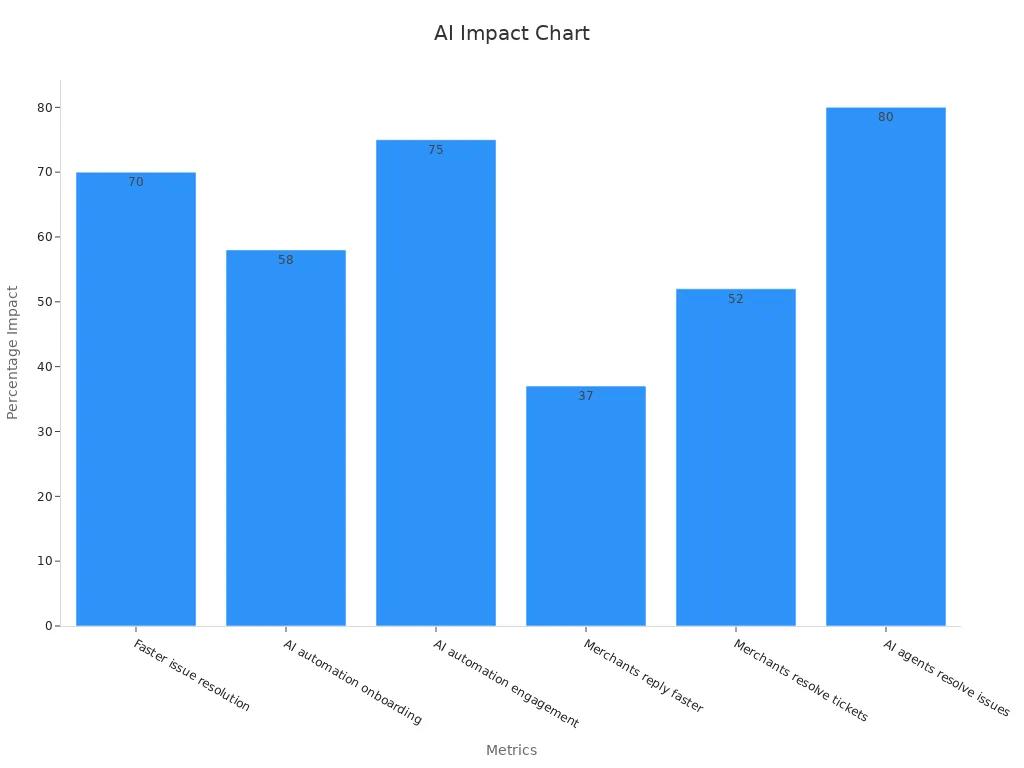
With Sobot’s AI-powered tools, you can automate ticket routing, send proactive messages, and get insights into customer health. This leads to faster responses, higher satisfaction, and better customer success outcomes. AI helps you keep customers loyal and happy, while you focus on what matters most—building strong relationships.
Customer Success Manager vs. Other Roles
Account Manager
You might wonder how a customer success manager is different from an account manager. Both roles work closely with customers, but their goals are not the same. Here’s what sets them apart:
- You, as a customer success manager, focus on making sure customers get value from your product. Your main goal is to help them succeed and stay happy.
- Account managers care more about growing revenue. They handle renewals, upsells, and contracts. Their job is to make sure customers buy more and stay with your company.
- You use metrics like Net Promoter Score (NPS), customer satisfaction, and customer lifetime value. Account managers track sales targets, upsell rates, and renewals.
- Your work is proactive. You check in with customers, offer advice, and solve problems before they grow. Account managers often react to customer requests or sales opportunities.
- Both roles need strong communication and relationship skills. You often work together, sharing insights to help customers and boost company growth.
Tip: When you use a platform like Sobot, you can share customer data and notes with account managers. This teamwork helps everyone support the customer better.
Customer Support
Customer support and customer success sound similar, but they have different jobs. Customer support helps when something goes wrong. You fix problems, answer questions, and teach customers how to use your product.
Customer success is about the big picture. You guide customers from the start, help them reach their goals, and make sure they get the most value. Here’s a quick comparison:
| Aspect | Customer Support (Reactive) | Customer Success (Proactive) |
|---|---|---|
| Main Focus | Solve problems fast | Help customers succeed long-term |
| Tasks | Answer questions, fix issues | Onboard, train, check in, advise |
| Metrics | CSAT, NPS, first response time | Product usage, feature adoption |
You can use Sobot’s omnichannel tools to handle both support tickets and proactive customer success tasks. This way, you keep customers happy at every step.
Call Center Roles
Call center agents and customer success managers both talk to customers, but their work looks very different. Call center roles focus on quick answers and solving issues fast. They track things like call wait times, speed of answer, and how many calls they handle each day.
Customer success managers look at the bigger picture. You care about customer churn rate and monthly recurring revenue. Your job is to keep customers coming back and help them grow with your product.
| Metric Category | Call Center Metrics | Customer Success Manager Metrics |
|---|---|---|
| Productivity | Calls handled, speed of answer | N/A |
| Efficiency | Wait times, call abandonment, repeat calls | N/A |
| Relationship Health | N/A | Churn rate, recurring revenue |
When you use Sobot’s analytics, you can see both the quick wins from call center work and the long-term gains from customer success. This helps you build strong, lasting relationships with every customer.
Career Path in Customer Success
Entry Points
You can start your journey in customer success from many backgrounds. Many people begin as a customer success manager. Some come from sales, support, or account management. If you enjoy helping others and solving problems, you will fit right in. You do not need years of experience to get started. Most companies look for strong communication skills and a passion for customer service.
You might join a customer success team as a coordinator or associate. In these roles, you learn how to build relationships and support customers. You will use tools like Sobot’s omnichannel platform to track customer needs and help with onboarding. These early jobs teach you how to listen, guide, and deliver value. You also learn how to spot risks and improve retention.
Tip: Show your interest in customer success by learning about customer journeys and customer success strategy. Many companies value curiosity and a willingness to learn.
Advancement
As you gain experience, you can move up in customer success. You might become a senior customer success manager or lead a team. Some people move into director or executive roles. Each step brings more responsibility and a bigger impact on customer success.
Here’s a look at a typical career path:
| Career Stage | Description | Typical Timeline / Requirements |
|---|---|---|
| Customer Success Manager (CSM) | Manage customer relationships and success initiatives. | Entry-level role. |
| Senior Customer Success Manager | Handle complex accounts and mentor others. | After a few years as CSM. |
| Customer Success Team Lead | Lead a team, set goals, and drive customer success strategy. | Usually after 5-7 years. |
| Director of Customer Success | Oversee strategy and larger teams. | Next step after Team Lead. |
| VP of Customer Success / Chief Customer Officer | Lead company-wide customer success efforts. | Executive level. |
You can grow your career by building strong customer relationships and showing results. Using platforms like Sobot helps you track customer health and deliver better outcomes. Many leaders in customer success started by helping one customer at a time and grew into roles where they shape the whole customer experience.
You help every customer reach their goals and feel valued. As a customer success manager, you guide each customer, answer questions, and build trust. You use tools like Sobot to track customer needs and boost customer satisfaction. Your work keeps customers loyal and helps your company grow. The demand for customer success roles keeps rising, with a 9% increase in job openings worldwide.
| Location | Approximate Job Openings |
|---|---|
| Bangalore, India | 208 |
| London, UK | 120 |
| Mumbai, India | 112 |
| Paris, France | 94 |
| New York City, USA | 82 |
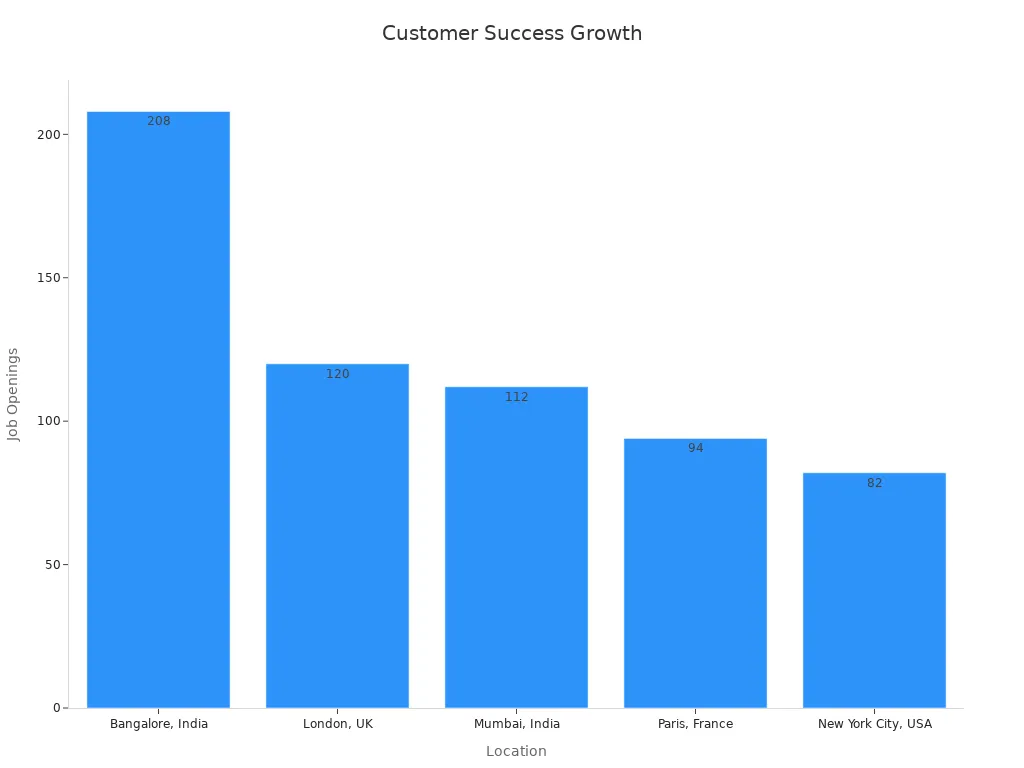
You see strong growth in this field, with the global market expected to grow at over 25% CAGR through 2026 (Mordor Intelligence). If you want to start a career that puts the customer first, focus on building your skills and learning new tools.
FAQ
What does a customer success manager do every day?
You talk with each customer, answer questions, and help them use your product. You check customer health scores, follow up on open tickets, and share feedback with your team. Tools like Sobot make it easy to track every customer interaction in one place.
How does a customer success manager measure success?
You look at customer satisfaction scores, retention rates, and product usage. For example, a high Net Promoter Score means your customer feels happy. Sobot’s analytics show you real-time data, so you can see how each customer is doing and spot problems early.
Why is customer retention important?
Keeping a customer costs less than finding a new one. Studies show that increasing customer retention by just 5% can boost profits by up to 95% (Harvard Business Review). You use Sobot to keep every customer engaged and satisfied.
What tools help manage customer relationships?
You need tools that track every customer conversation. Sobot’s omnichannel platform lets you see emails, chats, and calls in one workspace. The ticketing system helps you solve customer issues fast and keeps all customer data organized for easy follow-up.
How can automation improve customer success?
Automation saves you time on routine tasks. Sobot’s AI can route tickets, send reminders, and answer common customer questions. This means you spend more time helping each customer reach their goals and less time on manual work.
See Also
Effective Strategies For Managing Call Center Quality
How AI-Powered Agents Are Transforming Customer Support
Essential Skills To Excel In Live Chat Support
Top Ten Ways To Improve Live Chat Satisfaction
Comprehensive Guide To Quality Assurance Tools For Call Centers